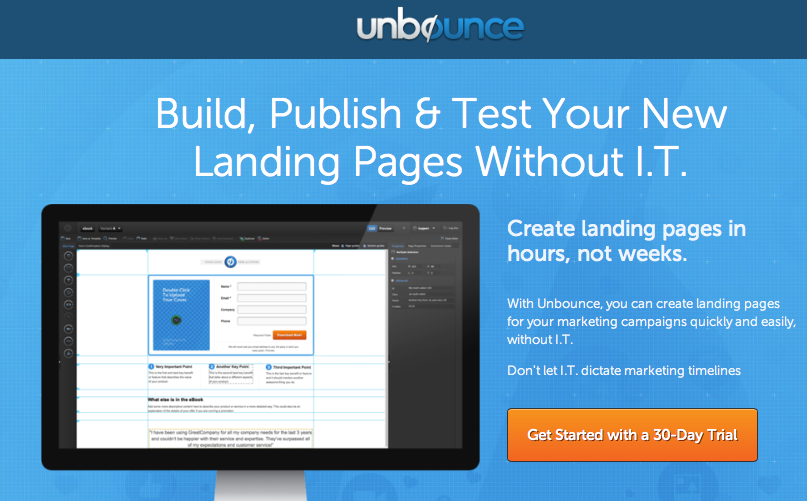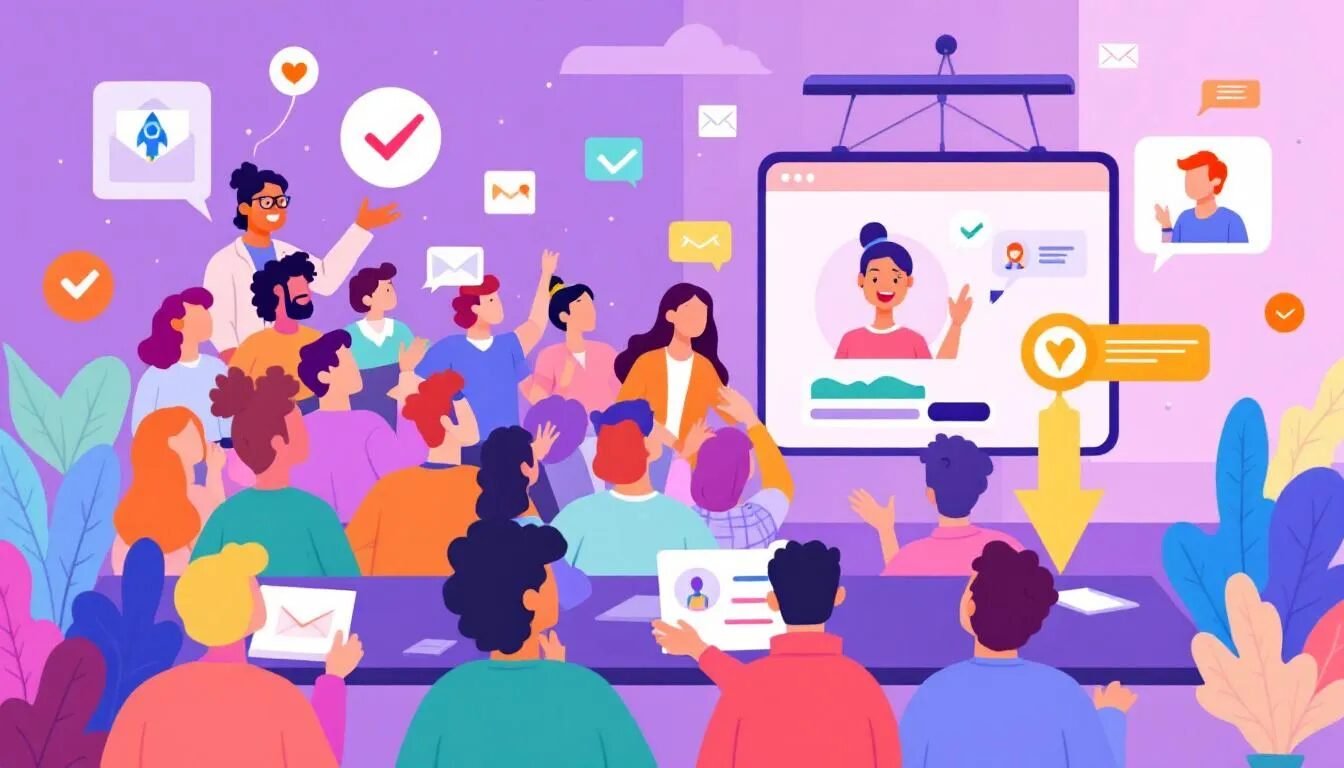
How to Use Landing Pages for Better Traffic Conversions
You likely spend more time thinking about how to promote your website rather than where you’re going to send the traffic you receive. It seems logical, after all, to send visitors to your homepage. However, dividing your traffic between individual pages created specifically for each marketing campaign known as landing pages, can help ensure that new website visitors see the information they want in a way that maximizes your chances of gaining a new customer.
A landing page is just that: A page where a visitor arrives or ‘lands’ after following/clicking a specific link or ad. A visitor to a specific landing page should see information that connects to the copy that convinced him or her to click through, says Oli Gardner the co-founder of Unbounce, a tool used to quickly build multiple landing pages.
The concept of creating a landing page linked or related to an ad or promotion is known as ‘message match.’ Gardner says getting a good message match is crucial any time you try to drive traffic to your site.
“It refers to the trail of intent that begins with the Google search, moves to the paid ad and is completed on the landing page. If at any point a prospect loses the scent (via a break in the message), they will leave,” he says.
You can — and should — tie your landing pages to the specific source of the traffic, whether that be search, social or email.
“If someone is arriving on your landing page from an email, the call-to-action (CTA) might be ‘Get 50% off xx promotion now!’ This needs to be reflected in the landing page headline for a perfect message match” Gardner suggests.
But what if you already have plenty of pages on your website that should fit the bill? Gardner suggests that any time a page isn’t converting into page views as well as you’d like, you need to create a landing page — particularly when you’re working with inbound traffic.
“Your product pages are a horrible place to send inbound traffic,” Gardner points out. “Anybody arriving on your product page is going to be struck with about 40 things to do. … If you send people to a product page or your homepage for any marketing campaign, you are giving them, on average, 20 to 50 iteration points. That’s the number of (links) on your homepage. Count them. Every active link on your page that provides a distraction from your conversion goal or intent is like a catheter that’s bleeding blood from your business.”
You can’t afford to let your visitors have that many distractions — they’ll never click on the link you most want them to follow if there are 20 alternatives.
Building landing page after landing page can feel like tumbling down a rabbit hole, but the return on investment can be incredible. Gardner advocates for custom landing pages in every situation, even on his own site.
During A/B testing, a generic landing page on Unbounce convinced 18 percent of users to try its service. By creating a unique co-branded landing page, the conversion rate was 105% higher than the generic version.
v.s.
Unbounce practices what Gardner preaches. When contacted for an interview, Gardner asked to use a link to a VerticalResponse-specific landing page, rather than Unbounce’s homepage.
Do you use landing pages? How so? Do they give you better results? Let us know!
This post was contributed by guest author Thursday Bram. Bram has written for CNET, GigaOm, Lifehack and a variety of other sites. She can be found at thursdaybram.com.
© 2013 – 2018, Contributing Author. All rights reserved.





